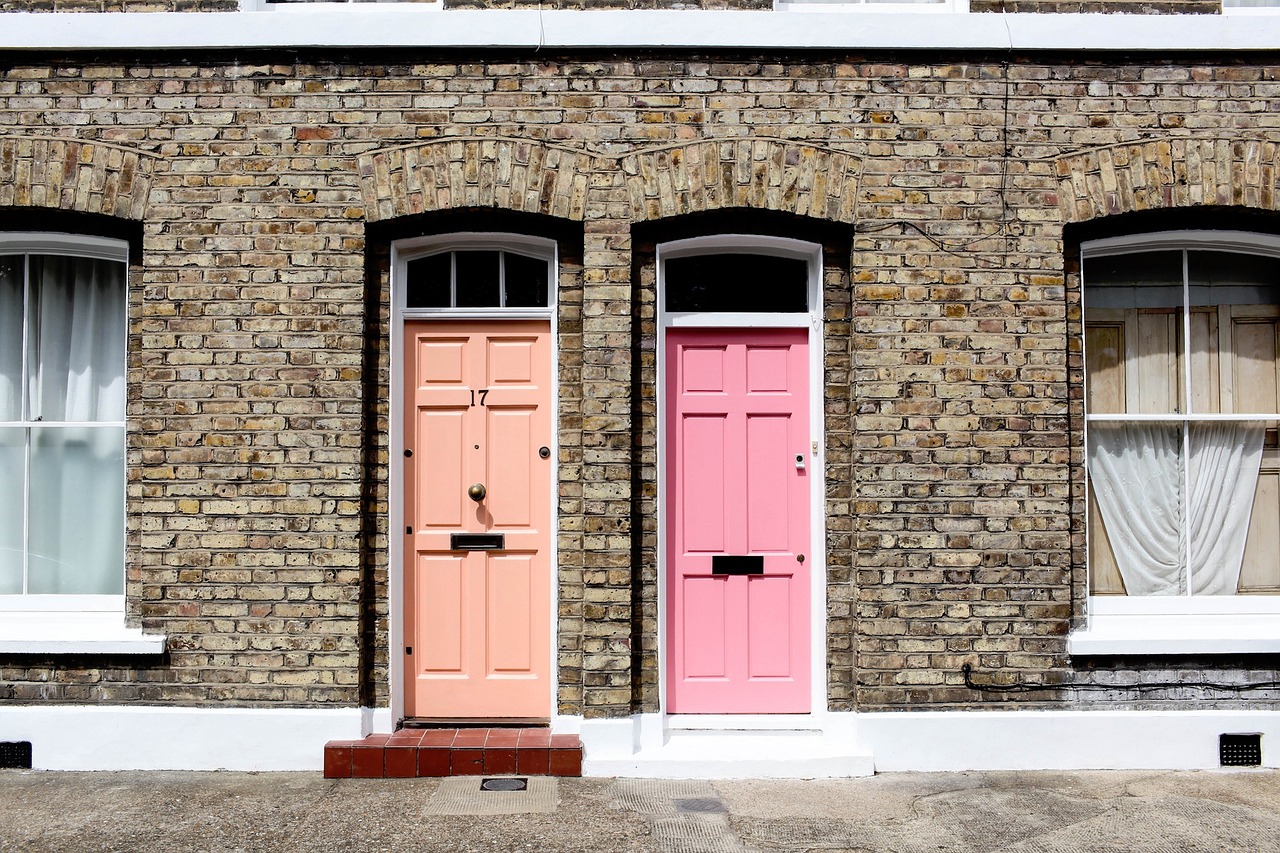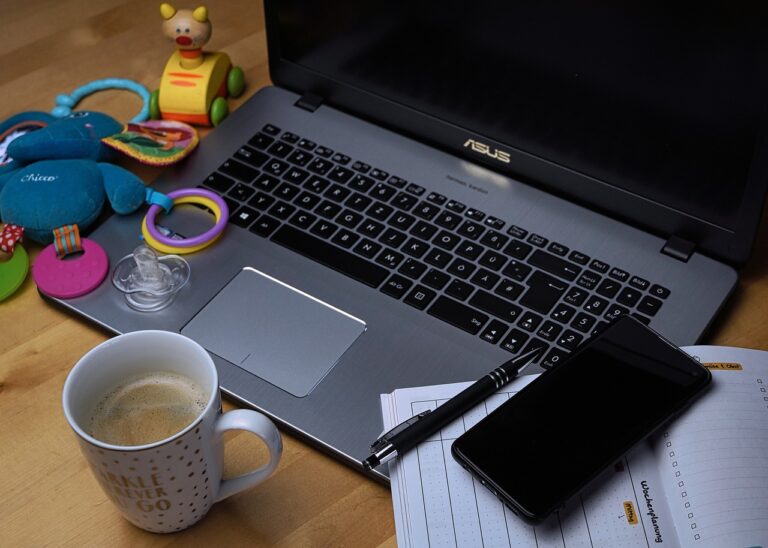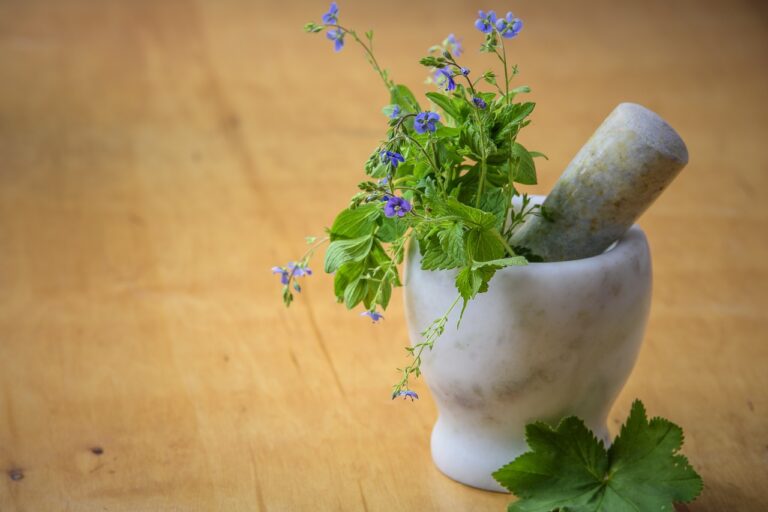Reviving Old Furniture: DIY Techniques for Upcycling
When it comes to upcycling old furniture, having the right materials is crucial for achieving a successful transformation. One of the essential materials needed is sandpaper, which helps in smoothing out rough edges and prepping the surface for painting or staining. Additionally, a good quality primer and paint are necessary to give the furniture a fresh new look.
In addition to sandpaper and paint, having a set of paintbrushes in different sizes is also important for applying paint evenly and efficiently. Furthermore, decorative elements such as stencils, decals, or new hardware can add a unique touch to the upcycled furniture piece. By gathering these materials beforehand, you can ensure a smooth and satisfying upcycling process.
Choosing the Right Old Furniture Piece to Upcycle
When selecting an old furniture piece to upcycle, it’s essential to consider both the aesthetics and functionality of the item. Look for pieces that have solid construction and sturdy materials, as these will be easier to work with during the upcycling process. Additionally, choose pieces that fit your personal style and the overall aesthetic of the space where the furniture will be placed after the transformation.
Another important factor to consider when choosing an old furniture piece to upcycle is the condition of the item. Look for pieces that have good bones and minimal damage, as repairing extensive damage can be time-consuming and costly. Assess the piece for any structural issues, such as wobbly legs or broken drawers, and determine whether these issues can be easily fixed during the upcycling process. By selecting a piece in good condition, you’ll be able to focus more on the creative aspects of upcycling rather than extensive repairs.
Preparing the Old Furniture for Upcycling
When preparing old furniture for upcycling, the first step is to thoroughly clean the piece. Remove any dust, grime, or residue that may have built up over time. Use a gentle cleaner or a mixture of mild soap and water to clean the surfaces, ensuring that all nooks and crannies are reached.
Next, assess the condition of the furniture to determine if any repairs are needed. Check for loose joints, broken pieces, or any structural issues that need to be addressed before starting the upcycling process. Make any necessary repairs using appropriate tools and materials to ensure the piece is sturdy and ready for the transformation ahead.
What materials do I need for upcycling old furniture?
Some materials you may need include sandpaper, paint or stain, brushes, primer, screwdriver, and any additional decorative elements like new hardware or fabric.
How do I choose the right old furniture piece to upcycle?
Look for a piece that is sturdy and well-built, with good bones that can be transformed with a fresh coat of paint or new upholstery. Consider the size and style of the piece to ensure it fits with your desired aesthetic.
How do I prepare old furniture for upcycling?
Start by cleaning the piece thoroughly to remove any dirt or grime. Then, sand down the surface to remove any existing finish. Repair any damage such as loose joints or chipped wood. Finally, prime the piece before painting or staining to ensure the new finish adheres properly.







